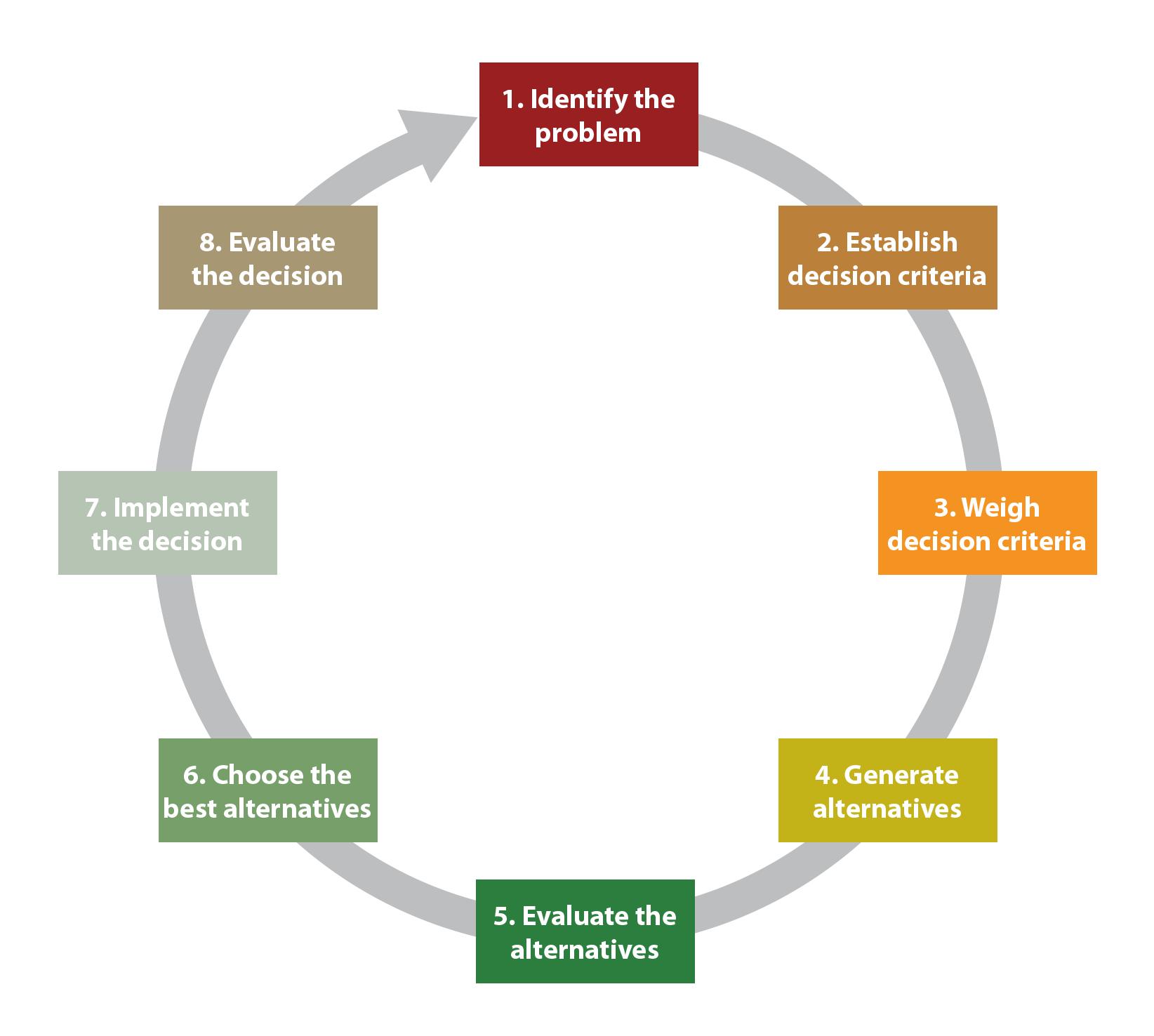When Empathy Isn’t Enough: Defining Moments for Leaders
When Empathy Isn’t Enough: Defining Moments for Leaders

Introduction: When Empathy Isn’t Enough
Let’s get real for a second—empathy gets a ton of airtime in leadership circles. And honestly, it deserves it. The leaders who make us feel seen, who genuinely listen, who care? We remember them. They build spaces where people find their voice, take risks, and actually want to collaborate. But if you’ve led for any meaningful stretch of time, you’ve felt it: a moment where empathy alone just doesn’t cut it. You can’t “listen” your way out of every bind. Eventually, there’s a fork in the road—a decision point where empathy is essential, but not enough.
A recent DDI survey found that while 86% of employees believe empathy is critical to building an inclusive culture, only 40% would say their leaders are highly empathetic.
That gap? It’s telling. Empathy is non-negotiable, but leading through real complexity takes more than just heart.
So today, let’s dig into those defining crossroads. What do you do when empathy alone can’t solve the problem? How do real leaders pair compassion with courage—why does it matter, how do you do it, and what’s the difference between a boss and a leader when the path forward isn’t clear?
The Leadership Crossroads: Beyond Black-and-White Decisions
Picture this: your team has hit a wall. Every side has been heard—really heard. Concerns are on the table, the conversation’s honest, but consensus? Nowhere to be found. Stakes are high. There’s no obvious “right” call.
If you feel a knot in your stomach just reading that, trust me, you’re not alone. I’ve watched many leaders get tempted to retreat here—or worse, play the boss card just to end the discomfort. Decision made, meeting over. But often, that shortcut comes at the expense of trust or morale.
What most people don’t talk about enough is this: real leadership isn’t about making calls just because you hold the title. It’s about linking those tough choices back to a shared purpose. A leader doesn’t just decide—they bring their team into the “why.”
There’s no ego or power play here—just the willingness to stay with the discomfort, absorb disagreement, and then move forward with clarity. In my experience, this is where great leaders are forged: not in the easy wins, but in the gray zones where vision and resolve bridge gaps between competing needs.
I often lean on a simple framework in these moments: think of leadership decisions as a spectrum—a gray area packed with trade-offs and shifting priorities. Seeing things this way helps you navigate ambiguity without losing sight of your values.
Take this real-world example: a mid-sized tech company found itself deadlocked over resource allocation. Management listened—deeply—to both sides and validated every concern. But they didn’t stop there. They rolled out regular cross-team meetings and built a system for resolving disagreements together. One account summed it up:
Open communication fosters understanding and collaboration—essential for resolving conflicts in a corporate setting.

Balancing Empathy with Decisiveness and Vision
Let’s slow down here—because this is really the heart of it: the best leaders don’t set empathy against decisiveness; they blend them.
Empathy builds your foundation. It’s how you earn trust and make sure people feel seen. But leadership also demands action—making calls that serve both people and purpose.
I’ve watched teams stall out when empathy gets all the focus—endless discussions, but nothing moves forward. On the other hand, too much detachment leaves folks feeling ignored and checked out. The sweet spot? Managing emotions—yours and your team’s—in service of progress.
Building emotional intelligence goes a long way here. So does setting boundaries: being upfront about what’s possible, what isn’t, and why. That kind of candor isn’t cold—it’s respectful.
When you ground decisive action in vision, uncertainty can actually become momentum. Your team hears: “I’ve listened. I get what’s at stake. Here’s where we’re headed.” That kind of clarity commands respect—even from those who would have chosen differently—because it shows both courage and care.
Teams led this way get tougher over time. They know their voices matter, but they also learn that hard decisions are part of growth. That builds real engagement—a willingness to rally around shared goals even when things are rocky.
And this isn’t just theory; the research backs it up. Leaders who pair empathy with openness foster more trust and cooperation on their teams (Voltage Control research on empathy in leadership). In high-performing organizations, this combo consistently drives better outcomes.
The Leadership Playbook: From Dialogue to Decision
So how do you move from open dialogue to decisive action—especially when opinions clash and stakes are high? Here’s a playbook I lean on:
-
Empathize: Validate Concerns and Encourage Dialogue
Start by making space for every perspective. Ask honest questions; listen deeply. Acknowledge what you hear—even if you can’t act on every concern.
This isn’t about papering over conflict; it’s about respect. Sometimes just saying “I see why this is tough” can shift an entire conversation. People show up more honestly when they feel seen—even if they know hard choices are coming.
There are leadership frameworks focused on listening as a foundation for growth—for example, learning to listen well can unlock better leadership by surfacing powerful insights across your team.
-
Communicate: Connect Decisions to Goals and Vision
Once you’ve gathered input, move from listening to explaining how you’re weighing perspectives against bigger objectives—mission, strategy, project goals.
Transparency matters here. Even if folks disagree with your final call, understanding your reasoning helps keep frustration in check. Frame decisions as steps toward something shared—not just top-down orders.
Building trust within teams is often rooted in clear communication and follow-through after tough calls—making it easier for everyone to rally around new directions even amid disagreement.
-
Inspire: Rally Your Team Forward
After deciding, shift gears into inspiration mode. Name any disappointment or disagreement openly—don’t gloss over it or pretend it isn’t there. Then look ahead: how does this move the team forward? What new opportunities open up? Why does everyone’s continued effort matter?
Inspiration isn’t about sugarcoating reality—it’s about inviting your team to invest emotionally in what comes next.
There are frameworks for this too—like ‘DECIDE’ (Define, Empathize, Communicate, Inspire, Decide, Evaluate). It guides leaders through each phase: define the issue; empathize with stakeholders; communicate transparently; inspire commitment; decide; then evaluate outcomes (leadership frameworks from The Collective).
Leading Through Discomfort: Making the Call and Moving Forward
Here’s something I wish someone had told me earlier—no amount of preparation makes tough decisions feel easy. Especially unpopular ones. But that discomfort? It’s where real leadership is born.
When it’s time to choose, own your decision fully. Stand by your reasoning without getting defensive—but stay open as things unfold. Keep communication lines open even after the fact; leadership isn’t one-way.
I’ve made it a habit to reflect with my teams after big decisions—a quick debrief helps everyone process emotions and draw lessons for next time. This practice builds resilience and keeps everyone learning together.
Don’t overlook the aftermath either—how you handle disappointment or frustration matters just as much as the decision itself. Teams watch closely for how leaders model grace under pressure. By naming difficult feelings—and reminding everyone that disagreement doesn’t equal disrespect—you keep trust alive.
Over time, teams led this way become more adaptable. They see that disagreement is part of growth—that tough calls are opportunities for shared progress.
For teams wrestling with fast-paced change or tough transitions, embracing uncertainty can be a catalyst for innovation rather than paralysis—it’s about channeling discomfort into new ideas rather than letting it stall progress.

Decisiveness is the crucible in which effective leadership is forged. While empathy fosters trust and connection, it’s decisive action that moves teams forward.
(Forbes on decisiveness in leadership)
And research echoes this: empathetic leaders boost positive feelings in their teams, reduce stress at work, and drive job satisfaction—all factors that fuel innovation and performance (Springer research on empathetic leaders).
Conclusion: Your Move—Embodying Empathy and Decisiveness
Here’s what I hope you’ll take away: Leadership isn’t about always having the perfect answer or making everyone happy. It’s about guiding people through complexity—with empathy as your compass and decisiveness as your engine.
Reflect on those moments where you’ve balanced empathy with action—they’ll clarify your style and prepare you for the next crossroads. If you’re up for it, journal about these experiences; patterns will emerge that shape your growth as a leader.
[newsletter_cta text=”Enjoying these insights? Subscribe for weekly ideas on engineering strategy, leadership growth, and building resilient teams.” button_label=”Get Weekly Insights” flow_type=”wordpress”]The next time empathy alone won’t break a deadlock, remember: your role isn’t just to listen—it’s to lead. Step into discomfort with clarity and conviction. Connect decisions back to purpose; communicate openly; inspire your team forward.
Ask yourself: Where could I bring more empathy and bolder action? What upcoming moment will define my own brand of leadership?
The journey from boss to leader isn’t measured by easy wins but by how you navigate these critical moments of choice. Make them count—and watch your influence grow.
Ultimately, every leader’s legacy is shaped not just by what they decide but by how they bridge understanding with action. As your next defining moment approaches, remember: true leadership lives at the intersection of empathy and decisiveness.
Step forward with heart and conviction—the path you forge might just inspire others to do the same.
Enjoyed this post? For more insights on engineering leadership, mindful productivity, and navigating the modern workday, follow me on LinkedIn to stay inspired and join the conversation.
You can also view and comment on the original post here .
